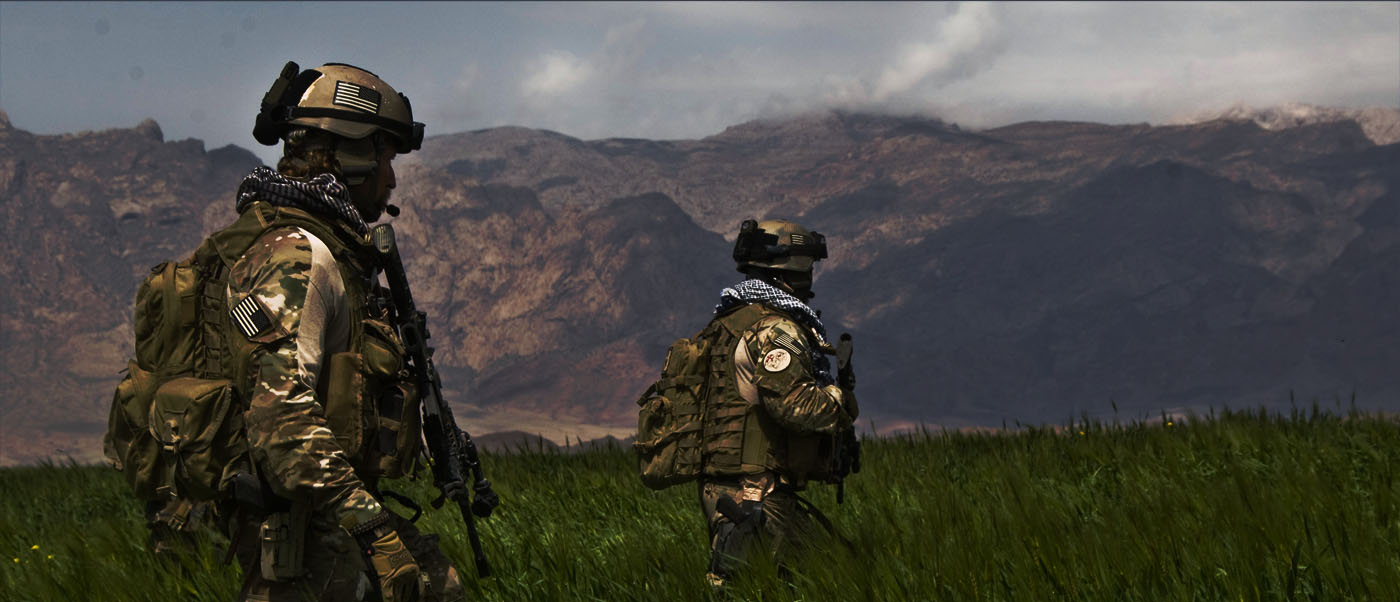The idea of the Armed Services Vocational Aptitude Battery, or ASVAB, first appeared in 1968. By 1976, the military adopted the ASVAB as the single multi-aptitude test to ascertain an individual's qualifications for potential enlistment and appropriateness for military occupational specialties, or MOS, upon enlistment.
The ASVAB is a timed multiple choice test that the U.S. Military Entrance Processing Command administers. The entire test is approximately three hours long. Its current iteration includes 10 sections, plus an additional Coding Speed test section for Navy applicants. Verbal Expression, Electronics Information, Mechanical Comprehension, Word Knowledge and Arithmetic Reasoning are some of the sections.
The current ASVAB is the latest version of several similar separate tests, now defunct, that once served the same function. The following is a brief explanation of the ASVAB's predecessors, whose content and purpose account for the current ASVAB.
World War I: Military Aptitude Tests
The military began administering aptitude tests during World War I. These were group-administered tests that initially served two functions. Developed in 1917 to 1918, the Army Alpha test helped determine degrees of general knowledge, ability to follow orders, and numerical and verbal ability. The Army Beta helped to evaluate draftees and volunteers who were non-English speaking, illiterate or unschooled.
World War II: Second Gen Military Aptitude Tests
The Army General Classifications Test (AGCT) and Navy General Classifications Test (NGCT) replaced the Army Alpha and Beta Tests during World War II. Like their antecedents, the AGCT and NGCT gauged applicants' cognitive abilities.
The Navy utilized the NGCT specifically to assign new recruits to military jobs that matched their skill set, educational level and ability to learn. The Army and Marines administered the AGCT for similar reasons.
1950s: Birth of the AFQT
After World War II, the military initiated a screening tool, the Armed Forces Qualification Tool (AFQT). The AFQT allowed the military to appraise the potential of prospective applicants based upon their propensity for military training. Meanwhile, throughout the mid to late 1960s, the military began developing the ASVAB.
In 1972, the Department of Defense decided that the military should use one exam for appraising skill levels, potential and MOS assignments. The military then phased out the use of the AFQT over the following two years.
The Original ASVAB
The current ASVAB reflects many years of trial and evolution. Like the current test, the original version tested mechanical aptitude primarily, and sections of the test reflected this, such as the Tool Knowledge, Space Perception and Attention to Detail sections. Current, similar sections include Mechanical Comprehension and Automotive and Shop Information.
Other sections of the current ASVAB branch out into science and language aptitude: General Science, Paragraph Comprehension and Word Knowledge, for example. In 1996, the military began administering a computerized version of ASVAB. Today, Military Entrance Processing Stations (MEPS) offer the computerized ASVAB, while satellite locations called Military Entrance Test (MET) sites offer the written version.
A 2002 revision of the percentile scoring system ensures that any ASVAB percentage score reflects a test-taker's ranking accurately. A score of 70 percent means that the test taker scored better than 70 percent of all other test takers. This improved accuracy results in better matching of volunteers and available jobs.
